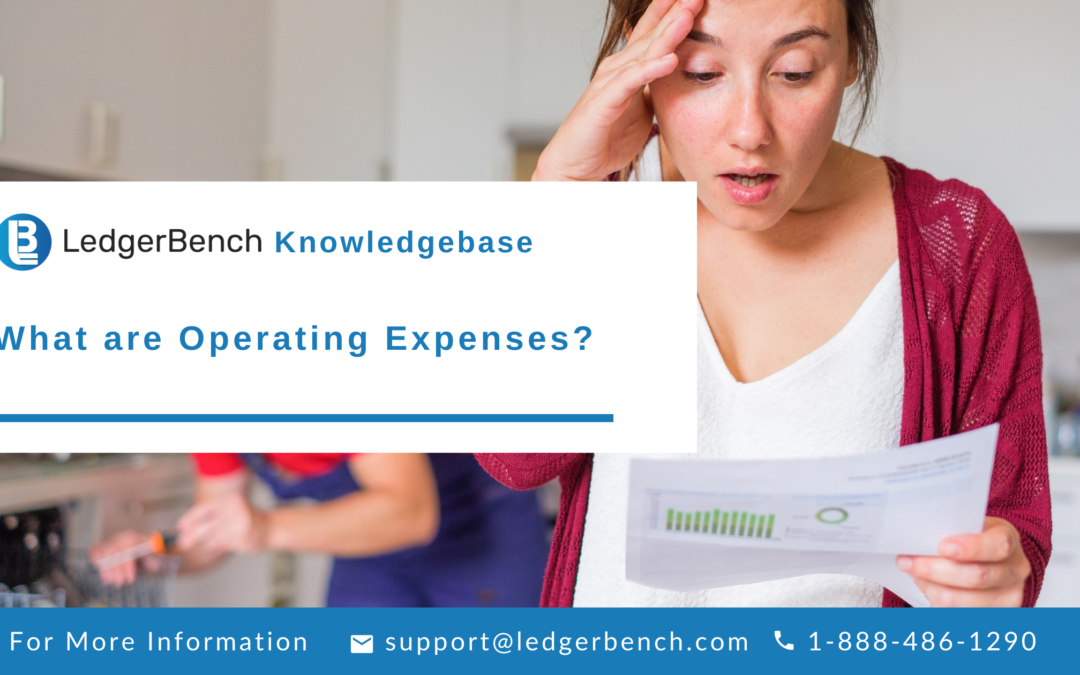
What are Operating Expenses?
Operating expenses are expenses incurred by businesses to keep the business going, it includes staff wages and office supplies. Operating expenses does not include manufacturing cost or cost of goods sold (direct labor, material, manufacturing overhead) or capital expenditures (building or machinery)
What is included in Operating expenses?
Following are included in operating expenses:
- Insurance
- Rent
- Research
- Utilities
- License fees
- Accounting fees
- Office supplies
- Attorney fees
- Vehicle expenses
- Travel expenses
- Payroll for staff excluding labor for manufacturing
- Marketing including social media channels such as Facebook
- Building maintenance and repairs
- Property taxes on real estate
Operating expenses are reflected in the company’s income statement.
What does an increase in operating expense mean?
An increase in operating expense would mean less profit for a business. Often operating expenses receive more scrutiny from a company, as these types of costs may be less fixed, and their non operating expenses, capital expenditure and manufacturing costs.
A company’s area manager would try to reduce operating expenses by outsourcing a few areas of business or allowing some employees to work from home. This cuts down actual physical space used by the staff. Management may also try to implement money saving techniques such as automating parts of the business or reducing salaries for the new hire.
You May Also Read – IRS Tax Relaxation Deadlines for Covid-19 (With State Regulations)
What is a non-operating expense:
A non-operating expense are the expenses that are not related to the company’s day to day business operations or manufacturing. These include costs for:
- Depreciation
- Amortization
- Bank fees including interest charges
- Restructuring costs
- Obsolete inventory including products that cannot be sold
- Lawsuit payments and associated fees
- Currency exchange fees
Are operating expenses included in COGS?
No, operating expenses and cost of goods sold (COGS) are shown separately on a company’s income statement. This is because COGS are directly related to the production of a product as opposed to daily operations.
Operating Expense Ratio:
The operating Expense Ratio (OER) is the cost to operate a piece of property compared to the income the property brings in. It is a very important ratio to use in real estate, such as with companies that rent out units. A low OER means that less money from income is spent on operating expenses.
OER can also be used to gauge the difference in operating cost between two properties.
For example, a company owns two plants in New Jersey, with similar outputs, and one’s OER is 12% more than the other, management must investigate the reason why this difference.
Are Wages operating expenses?
Administrative expenses such as full time staff salaries or hourly wages are considered operating expenses for a business. The cost of hiring a labor to produce a product is calculated separately under COGS and is not an operating expense.

